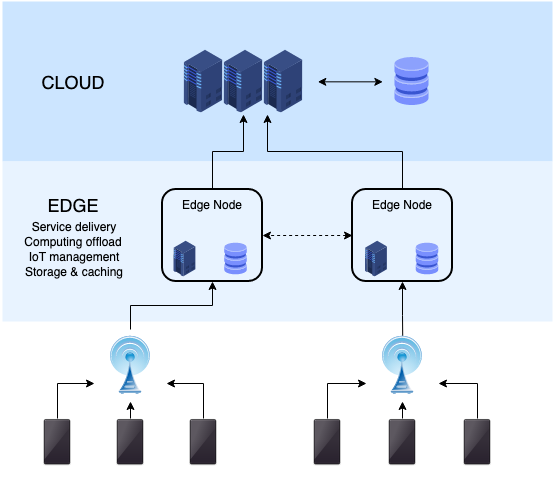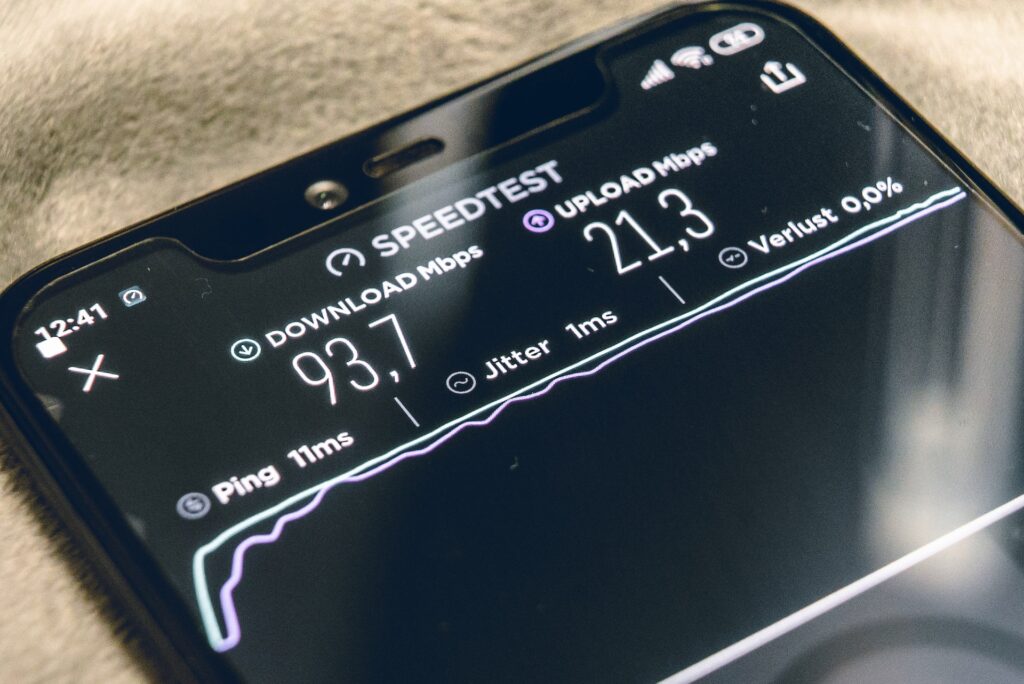
Since the advent of the technological boom, which we saw in the early 2000s, it is getting difficult to distinguish between two different technologies having similar names. This is the reason why people use the terms Edge Computing and Cloud Computing interchangeably despite them being different. While Cloud Computing is being put to practice extensively, Edge Computing is a relatively new concept slowly gaining popularity. To make things easier, here is how Cloud Computing is different from Edge Computing – broken down into different aspects
1. Definition

The purpose of cloud computing is to ensure delivery of computing services like servers, storage, networking, software, analytics, and others over the internet. On the other hand, Edge Computing is a distributed computing model perceived to bring computation and data storage closer to the location where it is needed.
2. Location
The reliance of cloud computing is more on a centralized network of servers, ideally located in data centers. However, if you look at Edge Computing, it relies on decentralized computing resources. Additionally such resources are not located in data centers, instead are located closer to the end-users.
3. Latency
The key for Edge Computing’s success would be its ability to resolve the latency issues that Cloud Computing possesses. Since cloud computing involves a centralized set of servers often kept away from the user, latency issues were prevalent. Considering the fact that the very concept of Edge Computing is to bring the data that needs to be processed closer to where it is being generated – latency can be greatly reduced!
4. Bandwidth

This is another area wherein Edge Computing bests Cloud Computing. Cloud Computing demands a high-bandwidth internet connectivity, whereas Edge computing can work seamlessly even in low-bandwidth. This, again, is due to Edge Computing’s prowess in processing data locally.
5. Security
It is safe to say that when it comes to security, Cloud Computing has an upper hand over Edge Computing. Due to the distributed nature of computing resources, Edge computing poses security challenges. However, when it comes to Cloud Computing – encryption, firewalls and other intrusion detection systems keep the data secure.
6. Cost
Edge computing requires on-premise hardware and software to function. Hence the cost associated with setting up the infrastructure would be higher – same for the maintenance costs. Whereas businesses consider Cloud Computing more cost-effective as there is no requirement for additional software or hardware.
7. Scalability

Here again, Cloud Computing infrastructures can be scaled easily as one can add or remove resources at ease. When it comes to Edge Computing, the decentralized nature would make scaling the infra difficult. If at all an organization decides to scale, they would require physical infrastructure at each location.
8. Applications
The point of application for Cloud and Edge computing is different. Cloud Computing is preferred for those applications that require high processing power or data storage. Some of the examples being Big Data Analytics, or Machine Learning. Edge Computing, on the other hand, is perfect for those applications where real-time data processing and low latency is paramount. Some of the examples being: Autonomous Vehicles and Smart Homes.
9. Data Processing capability.
The distributed system may cost higher, but if you look at the processing capability, it gives Edge Computing an edge over Cloud Computing. Local computing resources help Edge computing applications to process data quicker than cloud computing!
10. Data Redundancy
Cloud Computing stores the same data in multiple centers. This way, infrastructure ensures data availability at all times. On the other hand, if you look at Edge Computing, the redundancy would be low – meaning if the local infra suffers a downtime, data availability would be a concern.
11. Data Privacy

This is where most of the big tech organizations face issues with Cloud computing. Since in cloud computing data is stored on remote servers – privacy becomes a concern. Localisation of data in Edge Computing ensures data remains private at all costs.
12. Scope for customization
Scope for customization is largely limited in Cloud Computing as the computing environment itself is standardized. Edge Computing, on the other hand, is more flexible in terms of customization
13. Integration
Cloud Computing can be integrated easily with other cloud-based services, which is not the case for Edge computing. Due to the distributed nature of Edge computing, integration will be comparatively difficult. However, with some effort Edge Computing can be integrated with cloud computing to create a hybrid computing environment – which will offer benefits of both Cloud and Edge computing!
Conclusion

Edge computing and Cloud Computing have their own advantages as well as disadvantages. We must be cognizant of the fact that each of the models would have their own applications. In the sense, Edge Computing might excel in one use case that Cloud Computing, can’t – and vice-versa. Nonetheless, the next big thing would be the integrated Edge and Cloud – Hybrid computing environment! If that is conceived, then the world of computing would never be the same!









